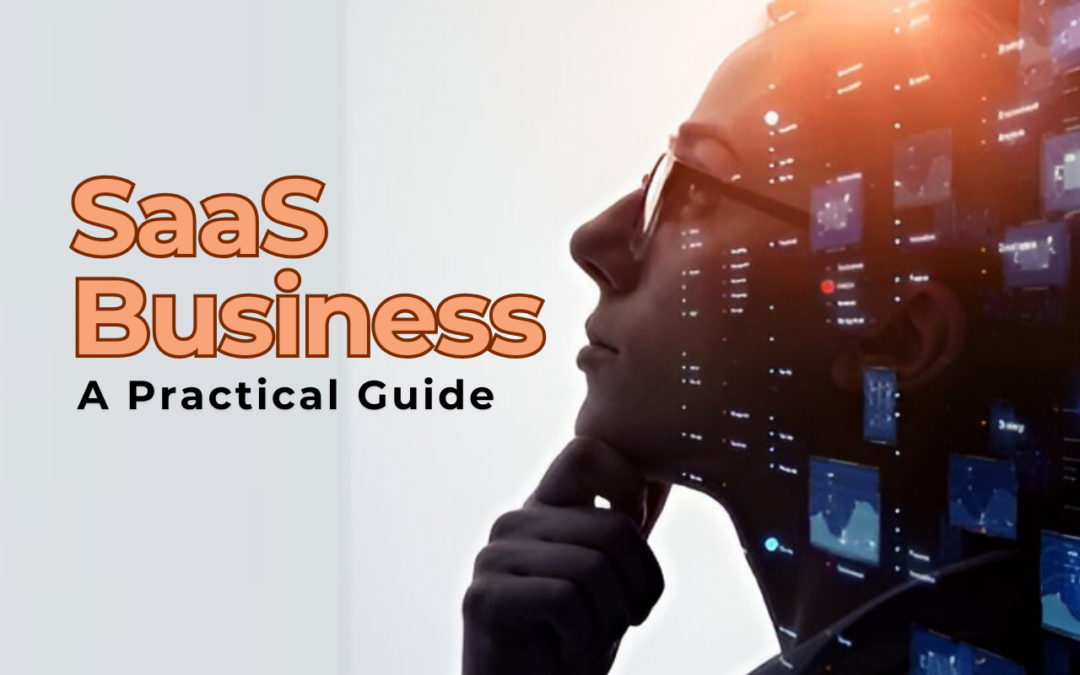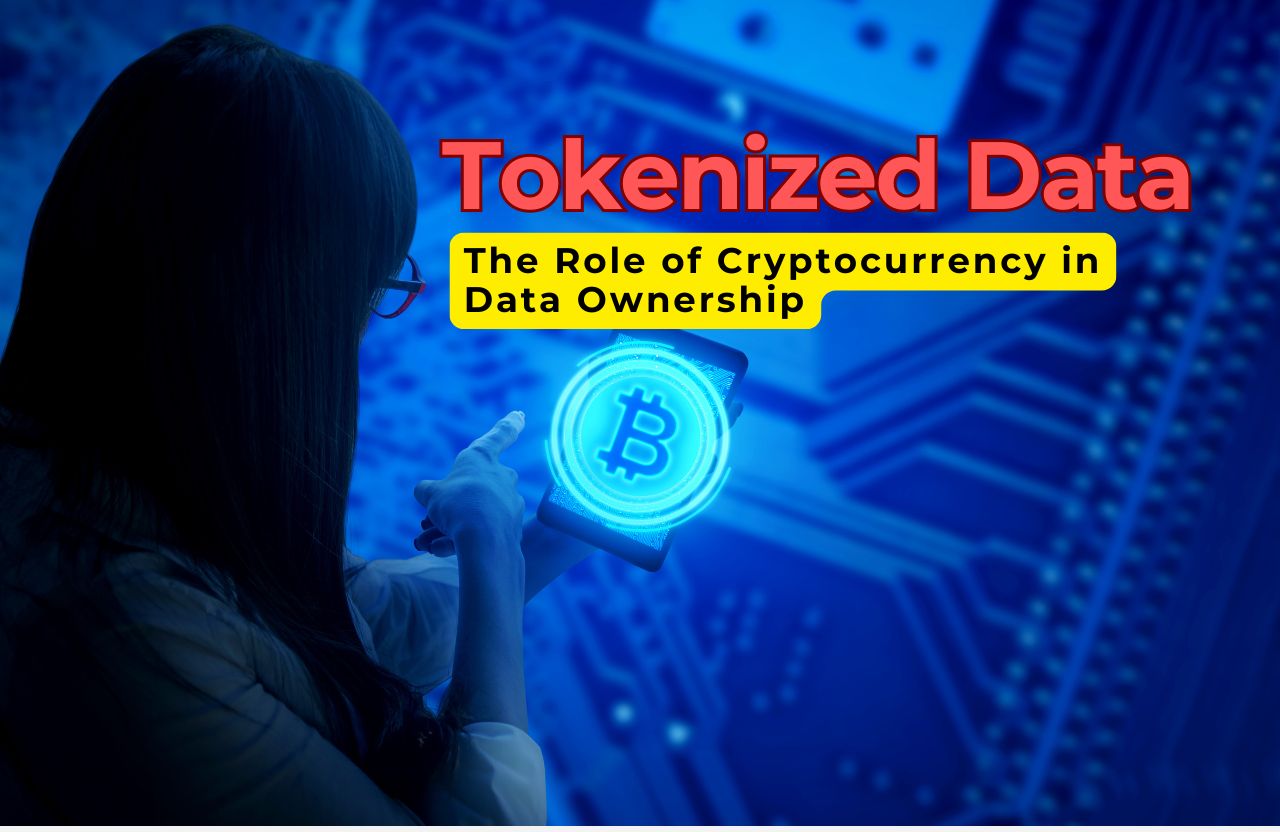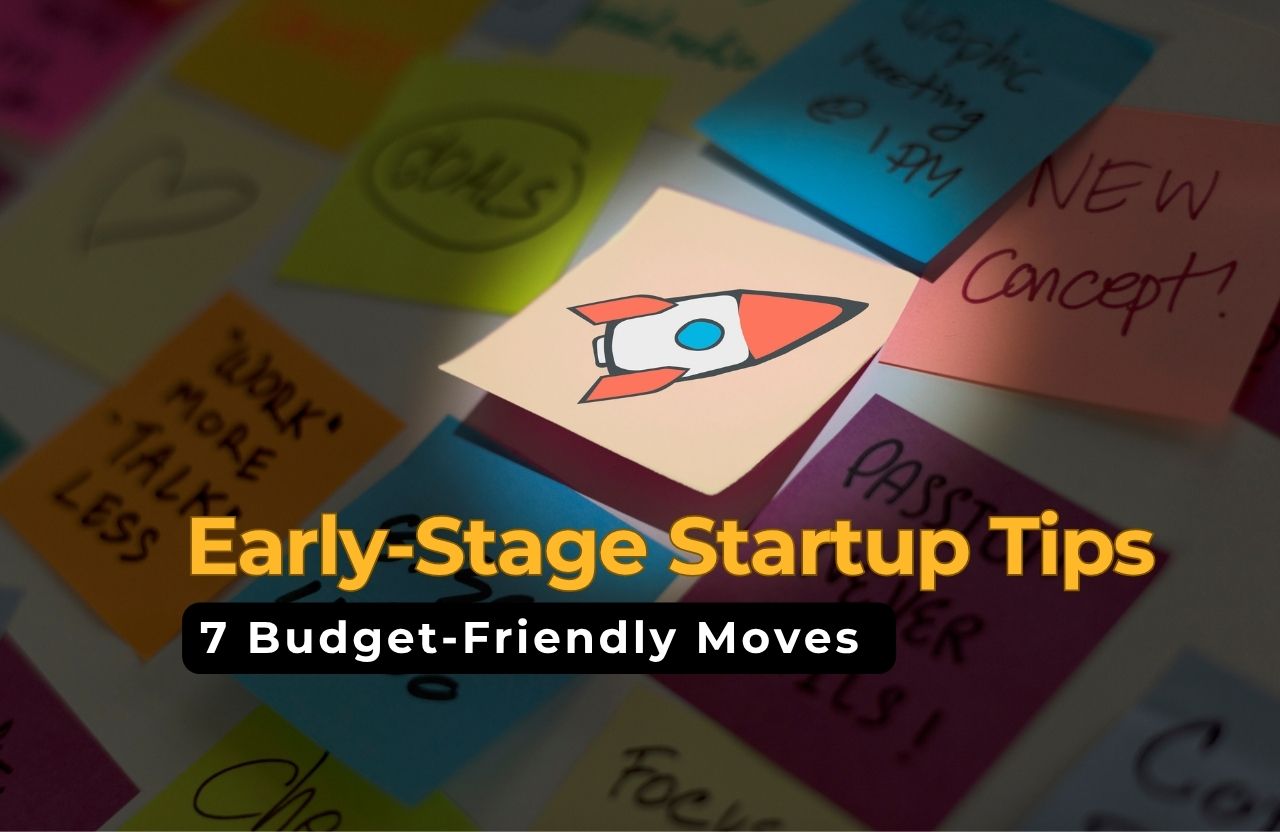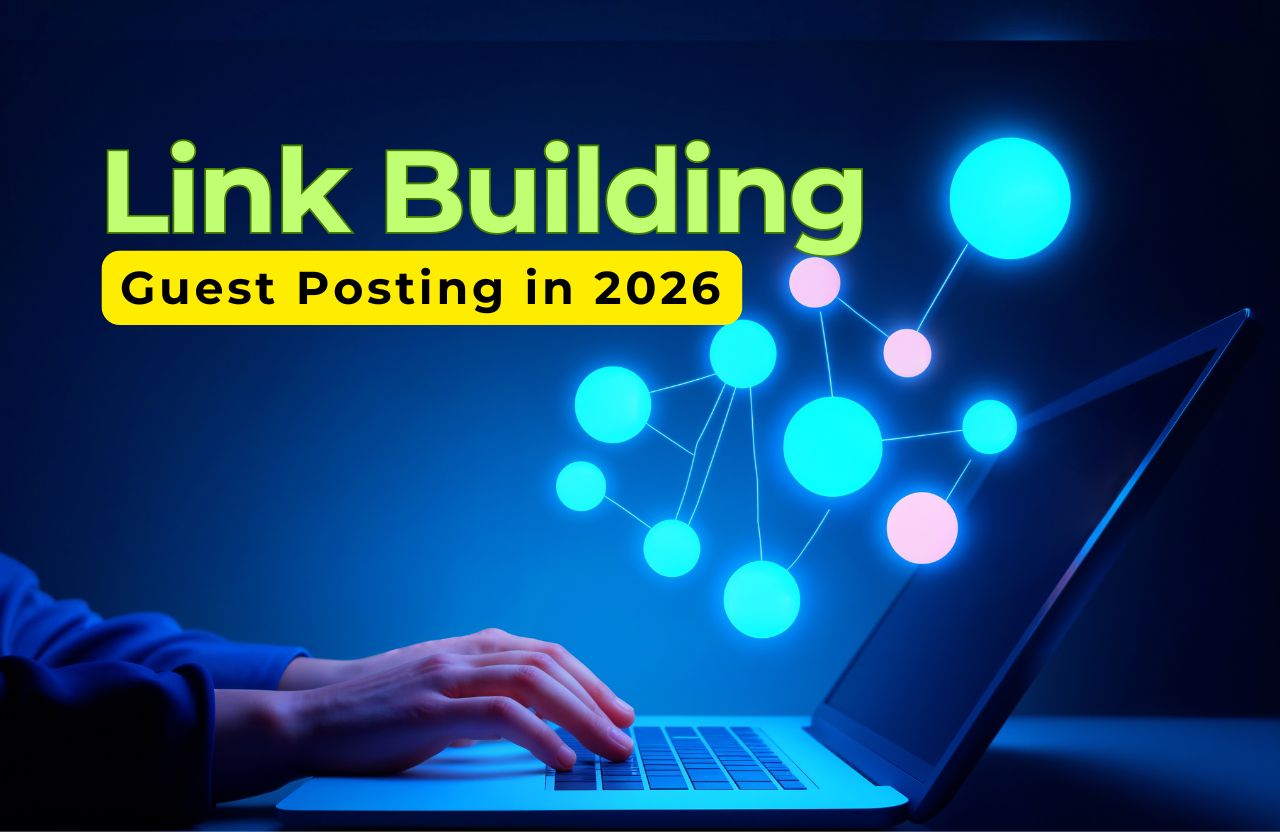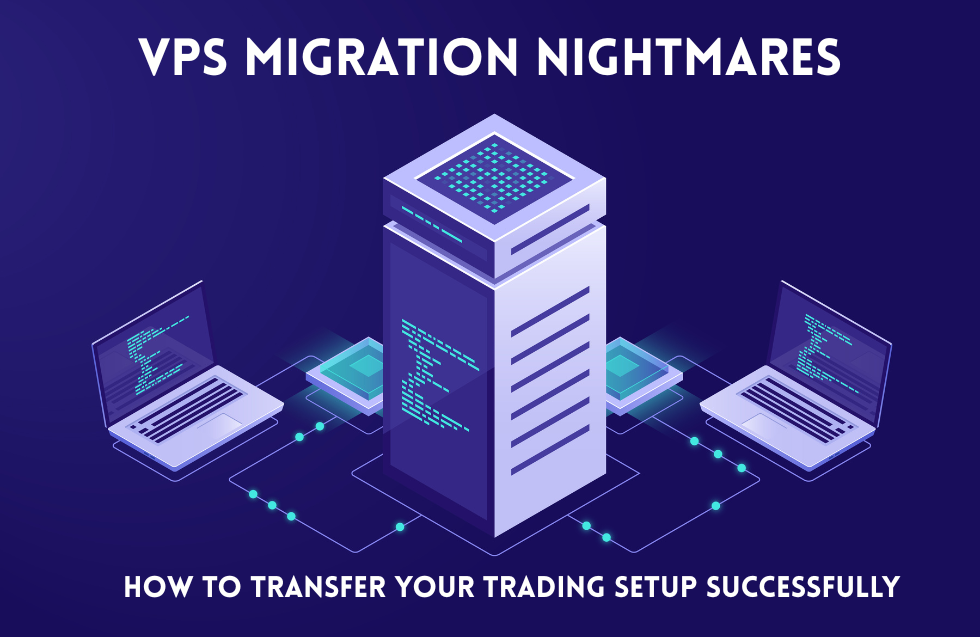Starting a SaaS (Software as a Service) business can be incredibly rewarding. It offers the potential for recurring revenue, scalability, and solving real problems for your customers. But it’s also a challenging journey. This guide breaks down the essential steps to help you navigate the process successfully.
1. Identify a Problem Worth Solving:
The foundation of any successful SaaS business is a genuine need. Don’t just build a product and then look for a problem. Instead, focus on identifying a pain point that businesses or individuals experience. Ask yourself:
- What are common frustrations in a specific industry?
- Are there tasks that could be automated or streamlined?
- What existing solutions are inadequate or too expensive?
Validate your idea by talking to potential customers. Are they willing to pay for a solution? Understanding their needs and frustrations is crucial.
2. Develop Your Minimum Viable Product (MVP):
Once you have a solid idea, resist the urge to build the perfect, feature-rich product right away. Instead, focus on creating an MVP – a version of your software with just the core functionality needed to solve the primary problem. This allows you to:
- Get real user feedback early on.
- Iterate and improve your product based on actual usage.
- Avoid wasting resources on features nobody wants.
3. Choose the Right Technology Stack:
Your technology choices will impact development speed, scalability, and maintenance. Consider factors like:
- Programming languages and frameworks: Choose technologies that are suitable for your project and your team’s expertise.
- Cloud hosting: Platforms like AWS, Google Cloud, or Azure offer scalable and reliable infrastructure.
- Database: Select a database that can handle your data needs and growth.
4. Build a Strong Team (or Outsource Wisely):
Building a successful SaaS business requires a skilled team. You’ll likely need developers, designers, marketers, and sales professionals. If you can’t hire in-house, consider outsourcing specific tasks to freelancers or agencies. However, carefully vet any outsourced partners to ensure quality and reliability.
5. Define Your Pricing Strategy:
Your pricing model is crucial for profitability and customer acquisition. Consider different options like:
- Subscription-based: Recurring payments (monthly or annually) for access to the software.
- Tiered pricing: Different pricing plans with varying features and usage limits.
- Usage-based pricing: Charging based on the amount of usage (e.g., storage, API calls).
- Freemium: Offering a basic version for free and charging for premium features.
Research your competitors and understand the value you provide to determine a pricing strategy that works for your target market.
6. Focus on Marketing and Sales:
Building a great product is only half the battle. You need to get it in front of your target audience. Key marketing strategies include:
- Content marketing: Creating valuable content (blog posts, articles, videos) to attract potential customers.
- SEO (Search Engine Optimization): Optimizing your website and content to rank higher in search results.
- Social media marketing: Engaging with your target audience on social media platforms.
- Paid advertising: Running targeted ads on platforms like Google Ads and social media.
- Email marketing: Building an email list and nurturing leads.
For sales, consider a combination of:
- Self-service: Allowing users to sign up and purchase directly through your website.
- Inside sales: Having a sales team reach out to and qualify leads.
7. Prioritize Customer Success:
Happy customers are your best advocates. Focus on providing excellent customer support and onboarding to ensure they get the most value out of your software. This will lead to higher retention rates and positive word-of-mouth.
8. Iterate and Improve:
The SaaS journey is one of continuous improvement. Regularly collect user feedback, analyze data, and iterate on your product and marketing strategies. The market is constantly evolving, so you need to be adaptable and willing to change.
9. Track Key Metrics:
Monitor key performance indicators (KPIs) like:
- Customer Acquisition Cost (CAC): How much it costs to acquire a new customer.
- Churn rate: The percentage of customers who cancel their subscriptions.
- Monthly Recurring Revenue (MRR): The predictable revenue you generate each month.
- Customer Lifetime Value (CLTV): The total revenue you expect to generate from a customer over their relationship with your business.
Tracking these metrics will help you understand what’s working and what’s not, allowing you to make data-driven decisions.
10. Be Patient and Persistent:
Building a successful SaaS business takes time, effort, and resilience. Don’t get discouraged by setbacks. Stay focused on your vision, learn from your mistakes, and keep iterating. Persistence is key to long-term success.
Starting a SaaS business is a marathon, not a sprint. By following these steps and focusing on solving a real problem for your target audience, you’ll be well on your way to building a thriving and profitable business.
